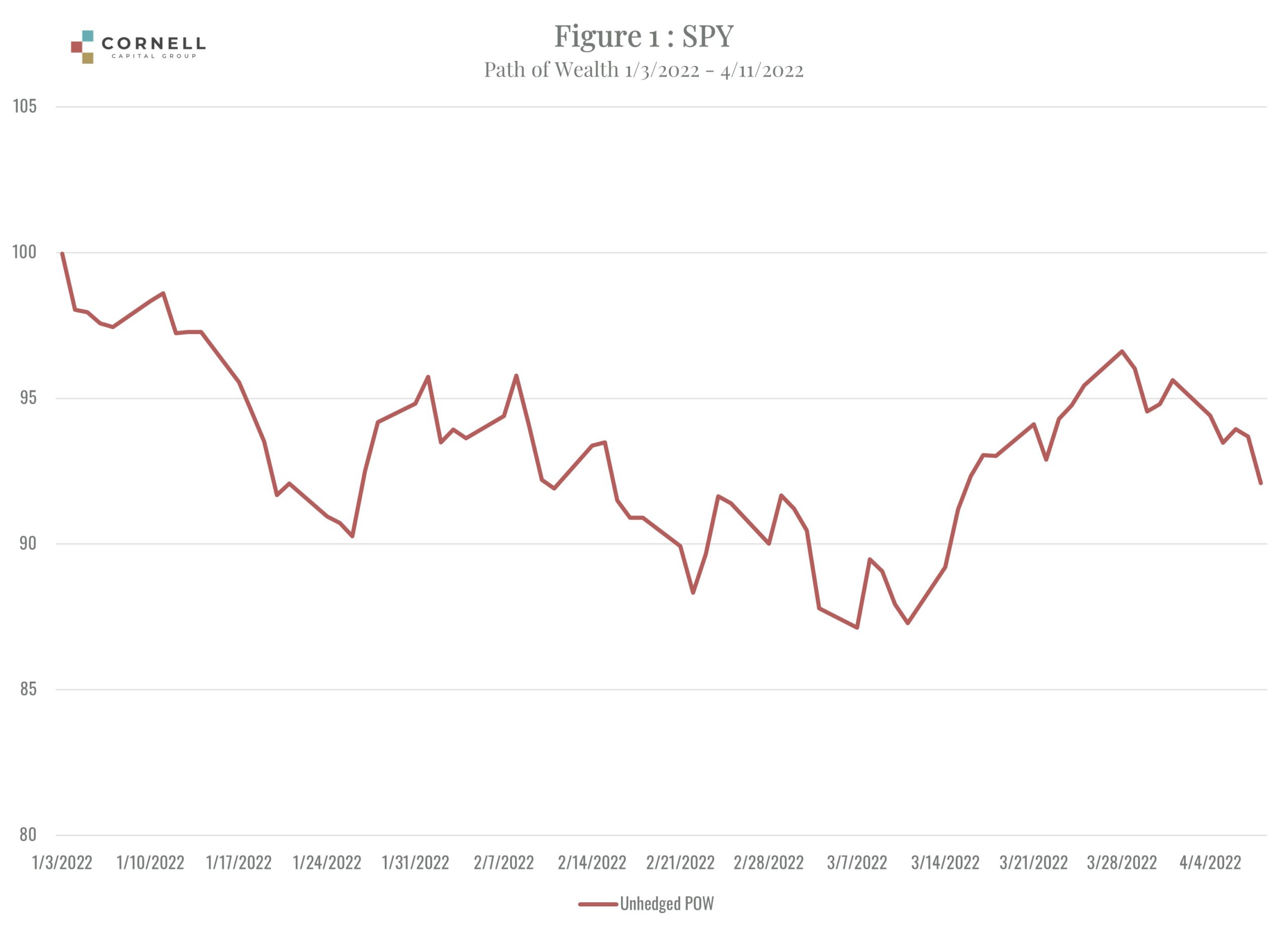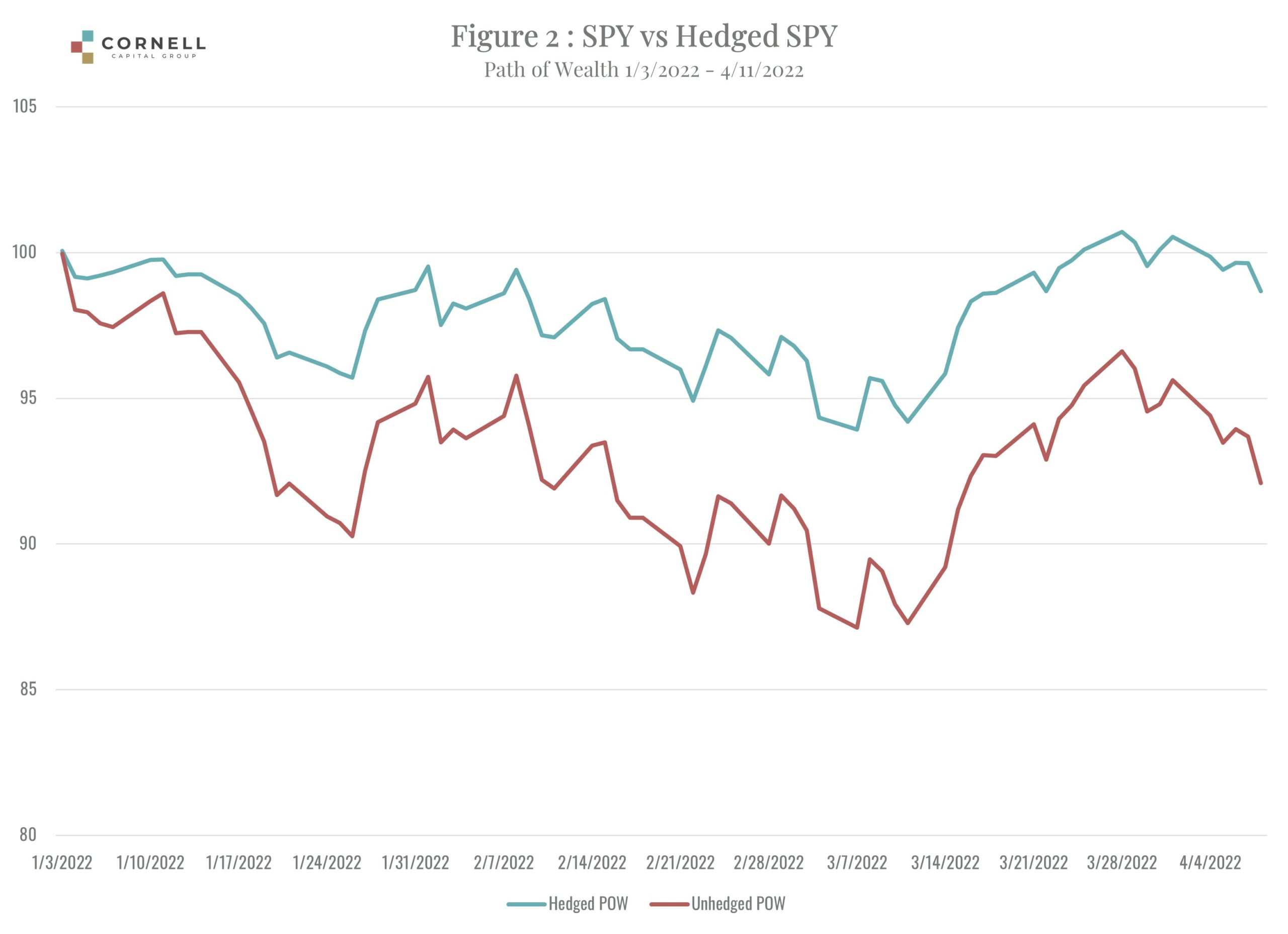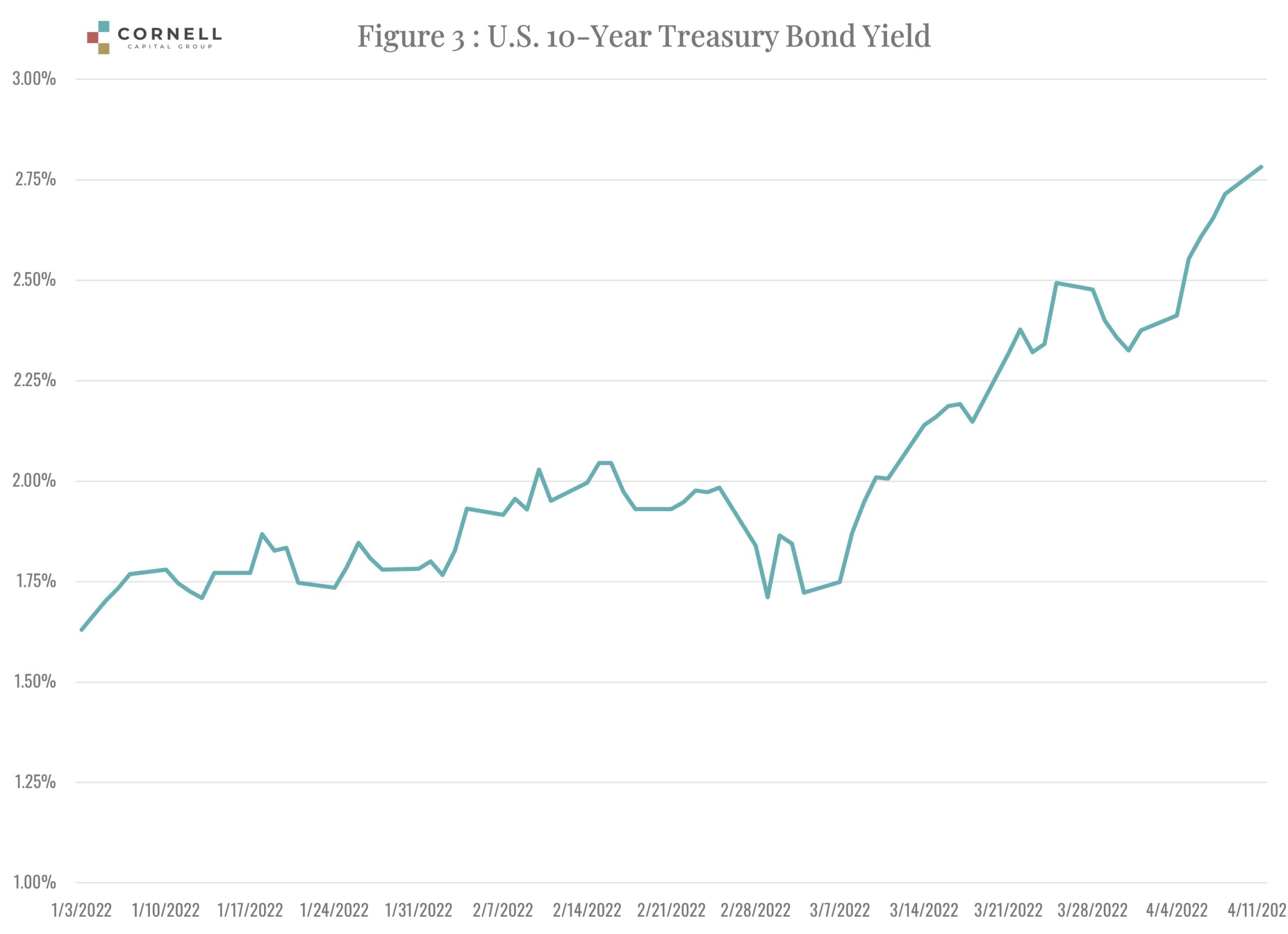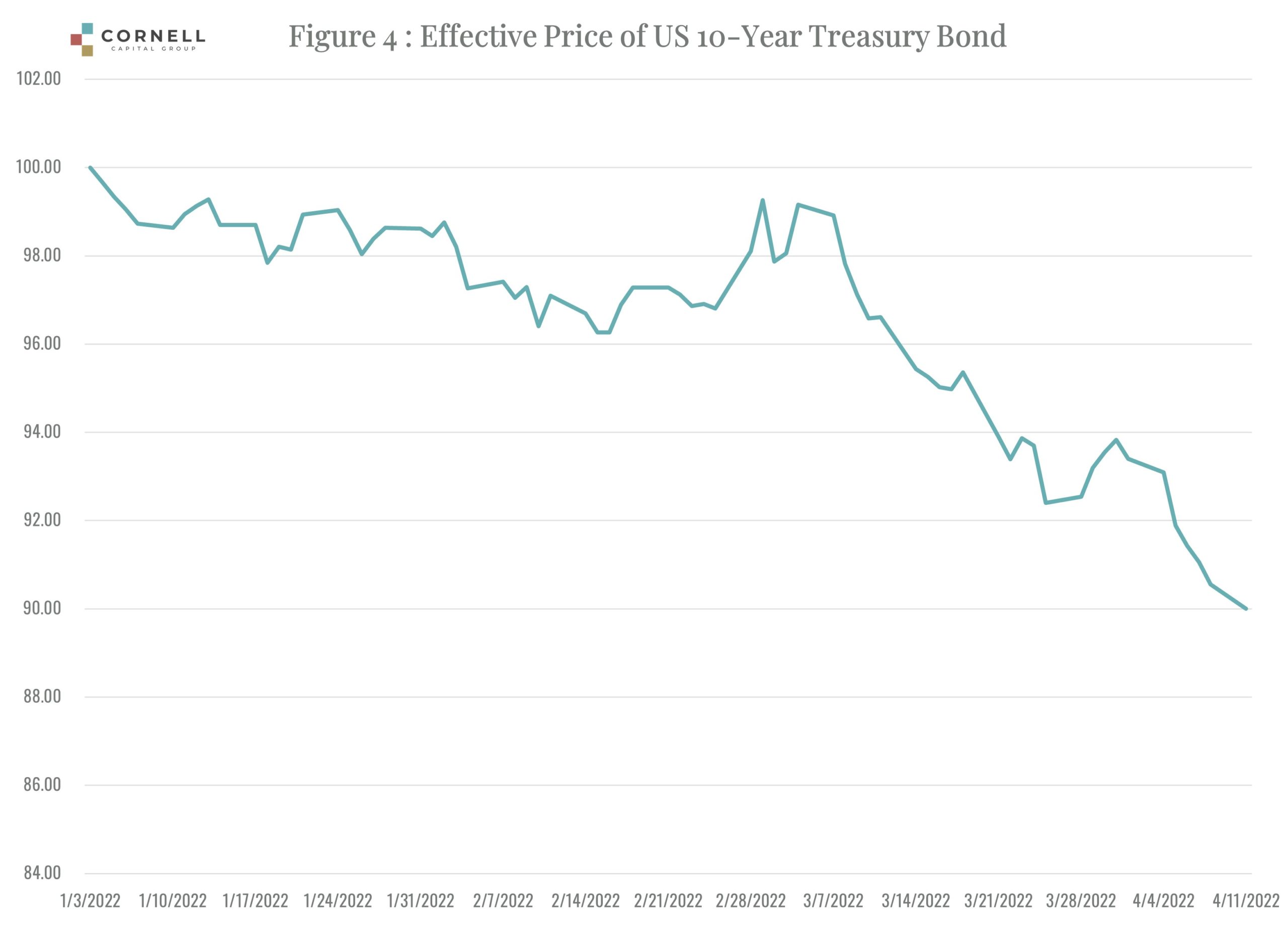Time For a Change?
There are two themes that we have stressed in our quarterly memos and in various episodes of our Reflections on Investing video series. The first is that interest rates have been extraordinarily low, particularly relative to the rate of inflation. The second is that stock prices have been high relative to fundamentals such as earnings and cash flow. We also noted that the second theme is related to the first because the interest rate affects the discount rate for common stocks. The implications of these two themes have been threefold. First, it implies limiting investment in fixed income securities. Second, it implies that equity investment should focus on stocks whose prices are in line with reasonable estimates of fundamental value. Third, it suggests using options, in certain circumstances, to hedge market risk and increase income. As the second quarter of 2022 begins, what, if anything, has changed?
To answer that question, we start with first quarter market results. Figure 1 plots the price of SPY, the widely traded S&P 500 ETF, from the beginning of 2022 through April 11. Two aspects stand out. First, the market was down about 8%. Second, volatility increased. By mid-March the market was in a correction range, down approximately 13%. However, by early April it had erased most of the losses before falling again.

As we have said before, high (in our opinion) and volatile stock prices provide a good opportunity for writing call options. To illustrate with a simple example, suppose that an investor bought 100 shares of the SPY fund and then wrote one June 2022 call option contract (which is for 100 shares) with a strike price of $450. Figure 2 plots the performance of the hedged portfolio (blue line) along with SPY unhedged (red line). The hedge had two impacts.

First, it offset most of the losses – the hedged position was down less than 2% on April 11. Second, it reduced the volatility. The blue line has smaller ups and downs than the red line for the unhedged position. Of course, hedging is not a free lunch. Had the market risen sharply, the hedge would have offset some of the gains and the hedged portfolio would have underperformed SPY. For this reason, we believe that hedging decisions should depend upon fundamental valuation analysis.
At the Cornell Capital Group, we have eschewed fixed income securities for the past several years because we concluded that the return was too meager, and the risk was too great (see our Reflections on Investing episode – Fixed Income). But things are changing. As Figure 3 shows the yield on the benchmark U.S. 10-year Treasury bond almost doubled during the period – rising from 1.63% on January 3 to 2.78% on April 11. The bad news is that this rise in yields crushed bond prices which fell more than they had in the last 40 years. Figure 4 shows that investors who bought the 10-year Treasury bond at the beginning of the year had lost approximately 10% of their money by April 11.


But that is in the past. With yields at 2.78% does it mean that 10-year Treasuries are now an attractive investment? Not with inflation running at about 8%. Unless an investor is convinced that the Fed can bring inflation down to its target rate of 2% in relatively short order, that investor will be losing money in real terms over the next 10 years without even taking account of taxes. For this reason, we still question the risk/return trade-off provided by fixed income securities.
The jump in inflation has been so pronounced that it is worth examining it in a long-term context. Figure 5 plots the yield on the 10-year Treasury bonds along with the inflation rate over the previous twelve months. The figure shows that the last time annual inflation was over 8% the 10-year Treasury yield was well over 10%. On April 11, 2022, the yield was 2.78%. There is clearly reason to worry that long-term interest rates will rise further in the months ahead.

In light of higher interest rates, lower stock prices and greater volatility, has our strategy changed at the Cornell Capital Group? Just the reverse. We continue to think that buying stocks whose estimated fundamental value exceeds the price and using options to hedge in certain circumstances remains the best approach. Even at these higher interest rates, fixed income securities offer too little return for the inflation risk they entail. Although prices of high-flying growth stocks like the holdings of the popular ARKK ETF have retreated, they remain lofty compared with fundamental values in most cases. We would only consider investment in such stocks as part of an option hedging strategy designed to capture high option premiums.
This memorandum is being made available for educational purposes only and should not be used for any other purpose. The information contained herein does not constitute and should not be construed as an offering of advisory services or an offer to sell or solicitation to buy any securities or related financial instruments in any jurisdiction.
